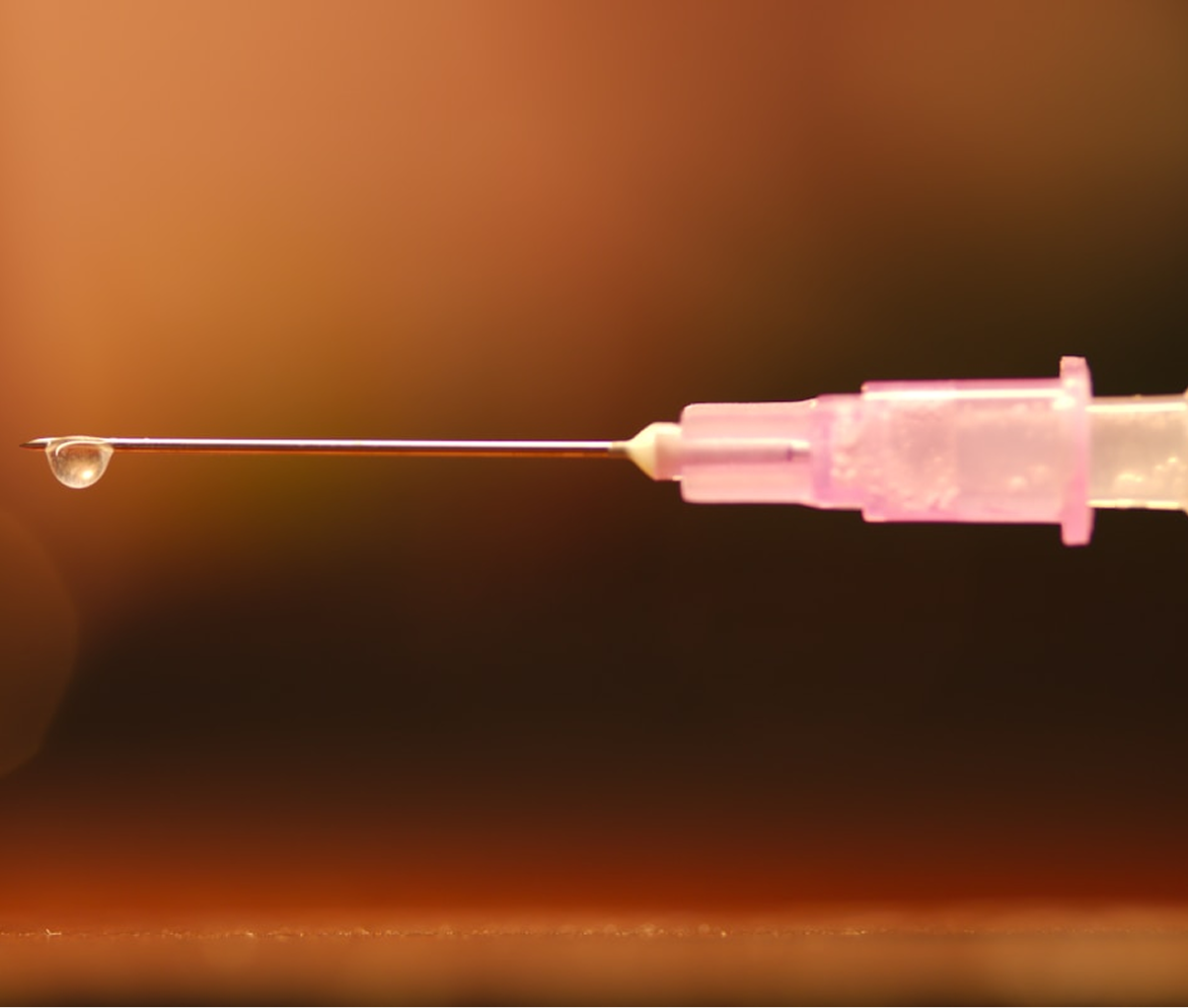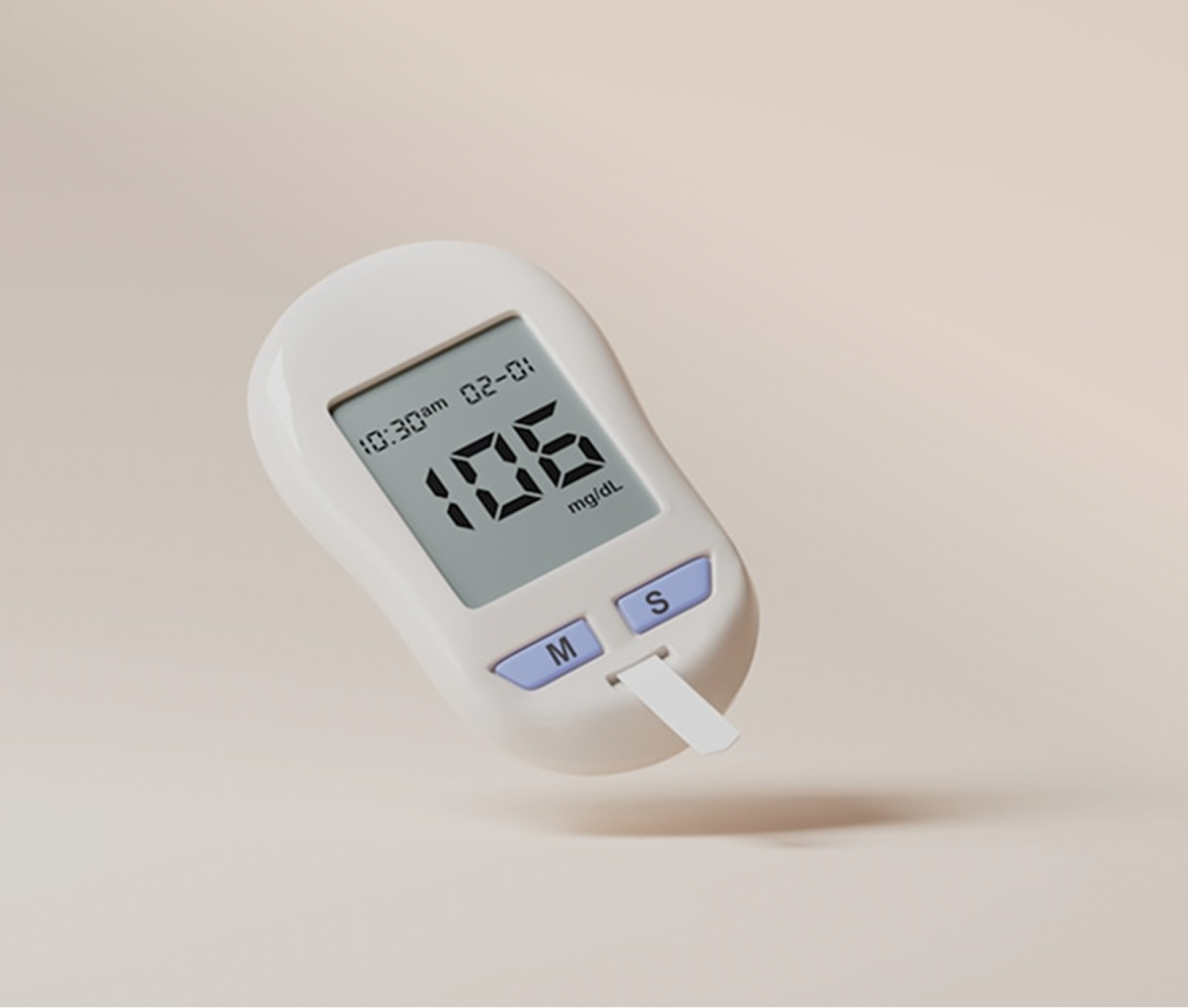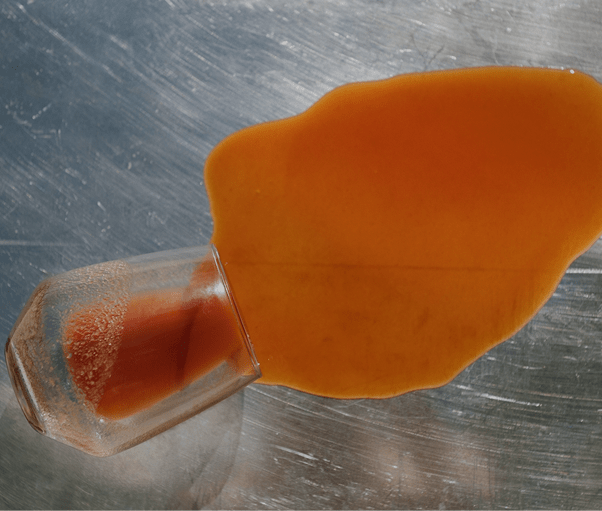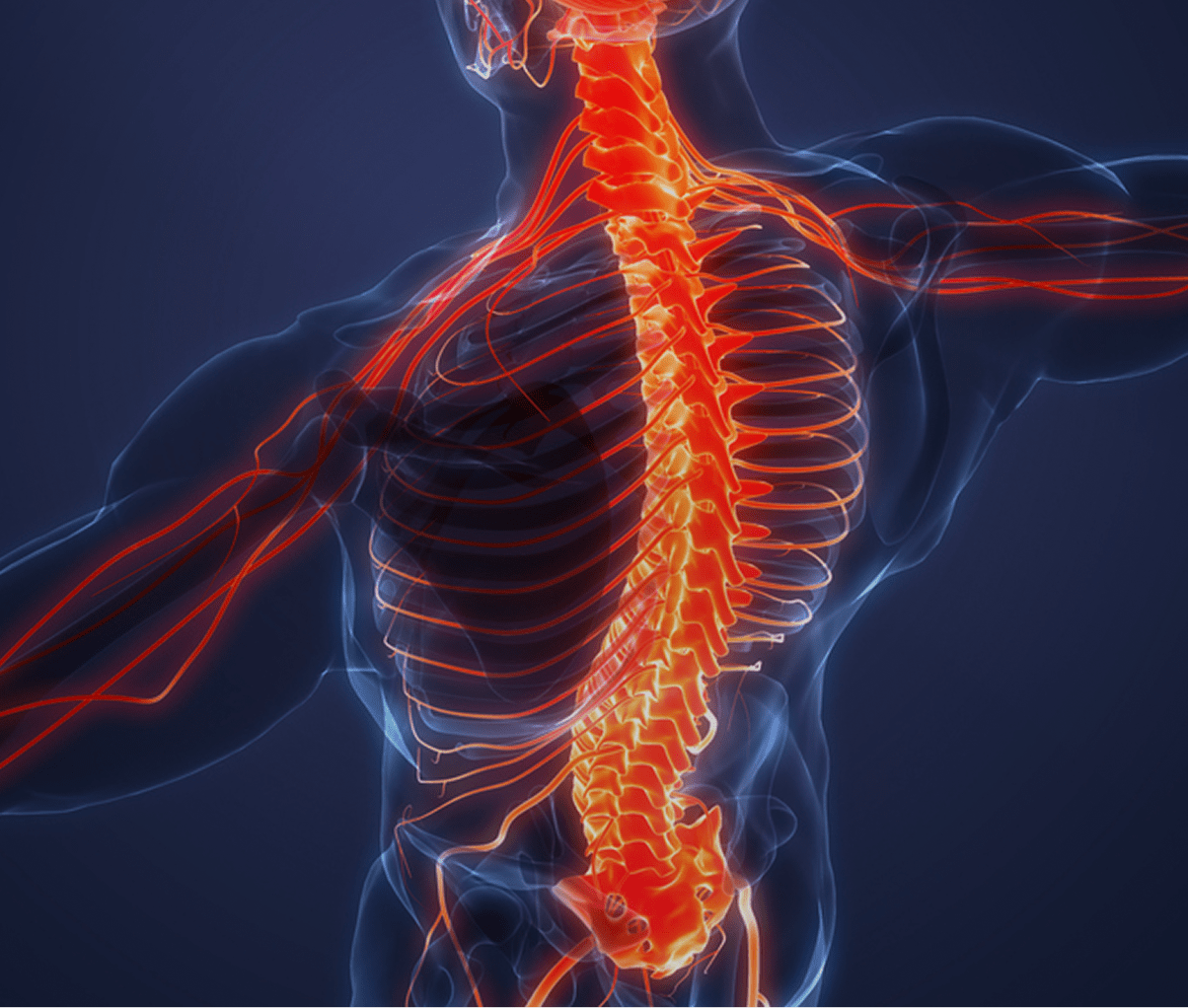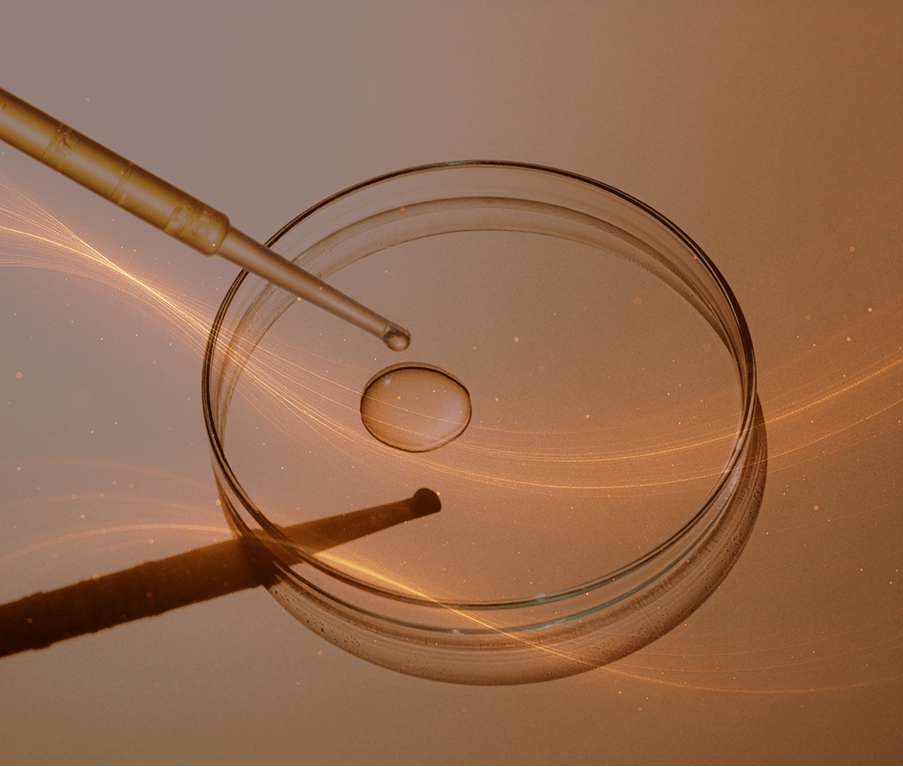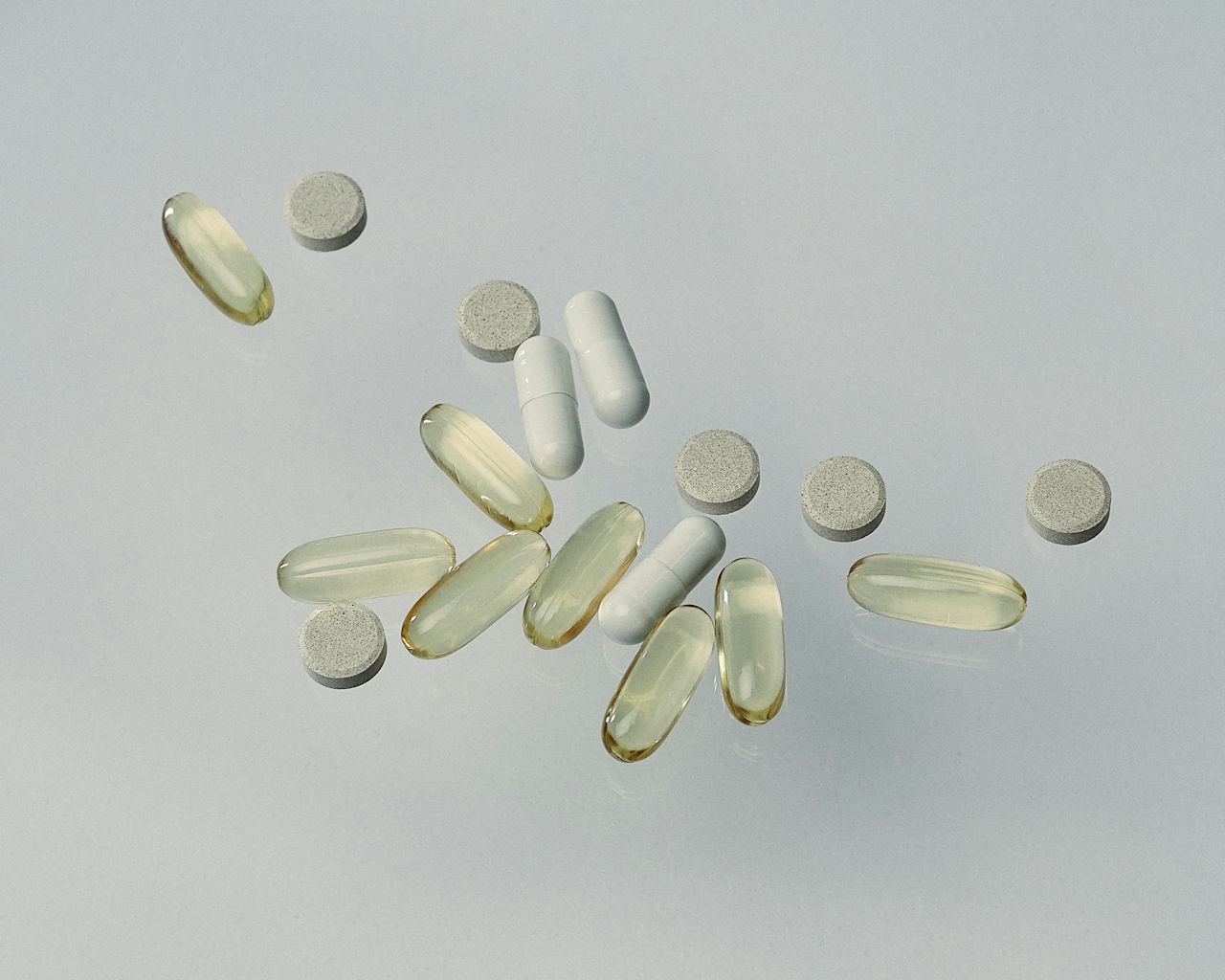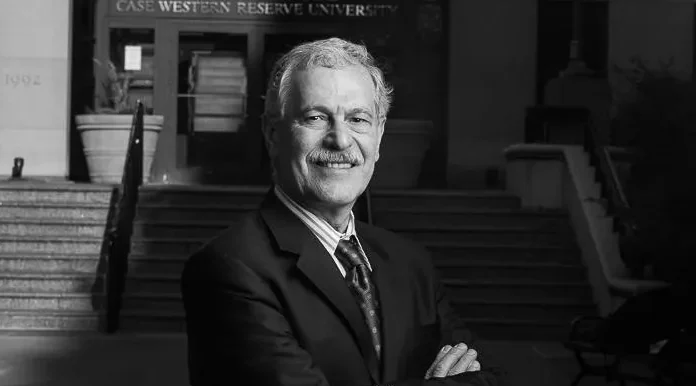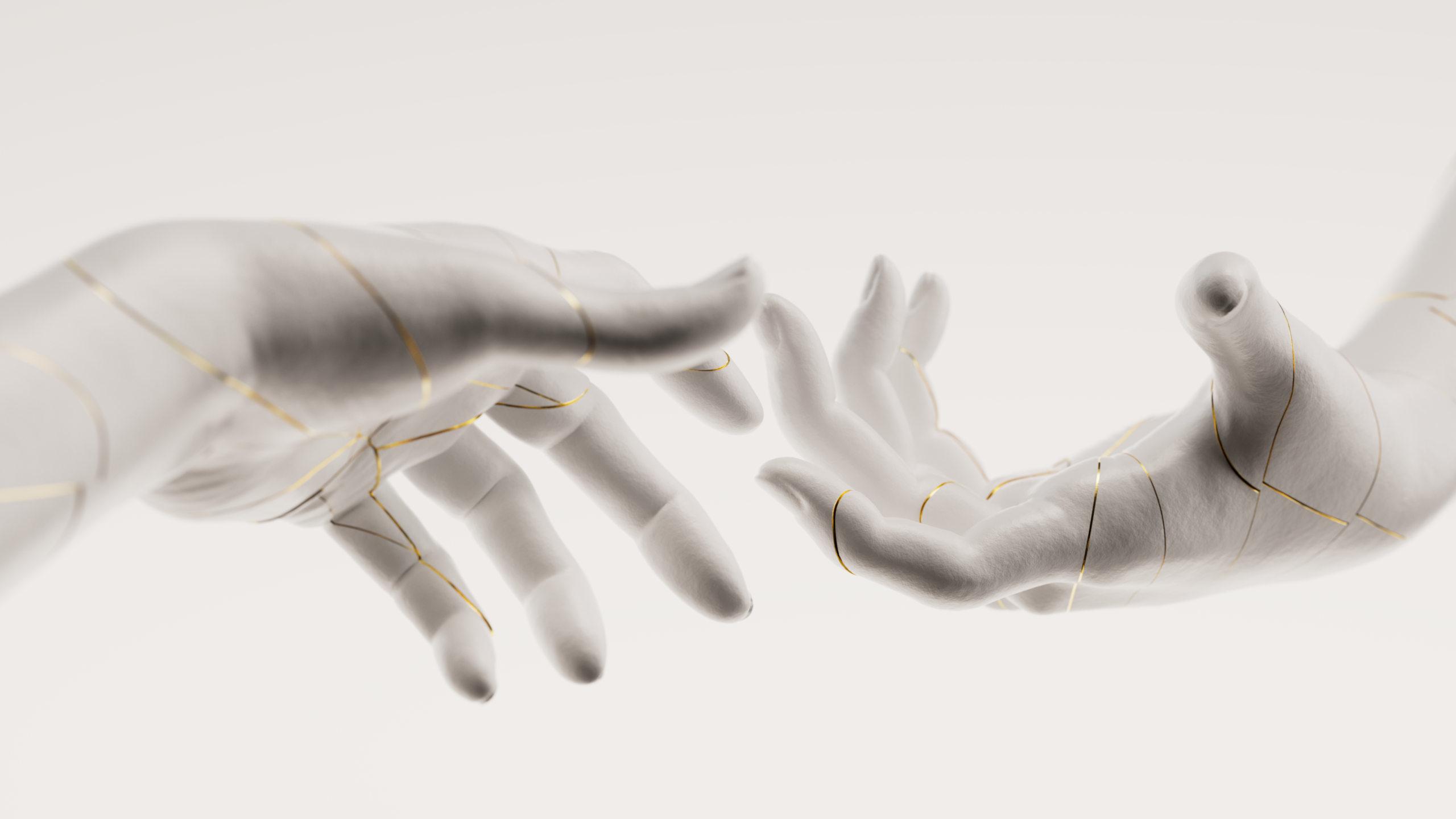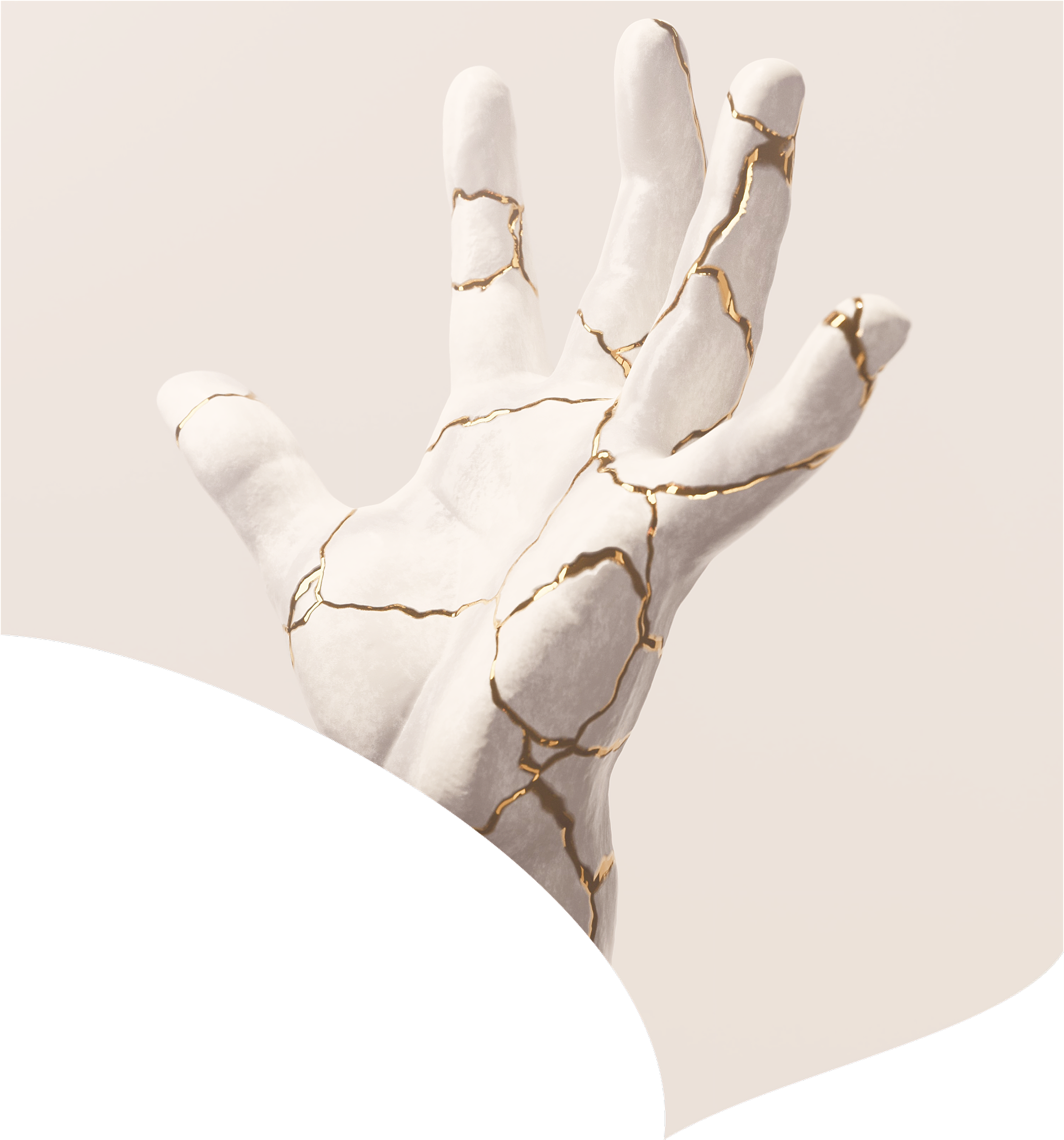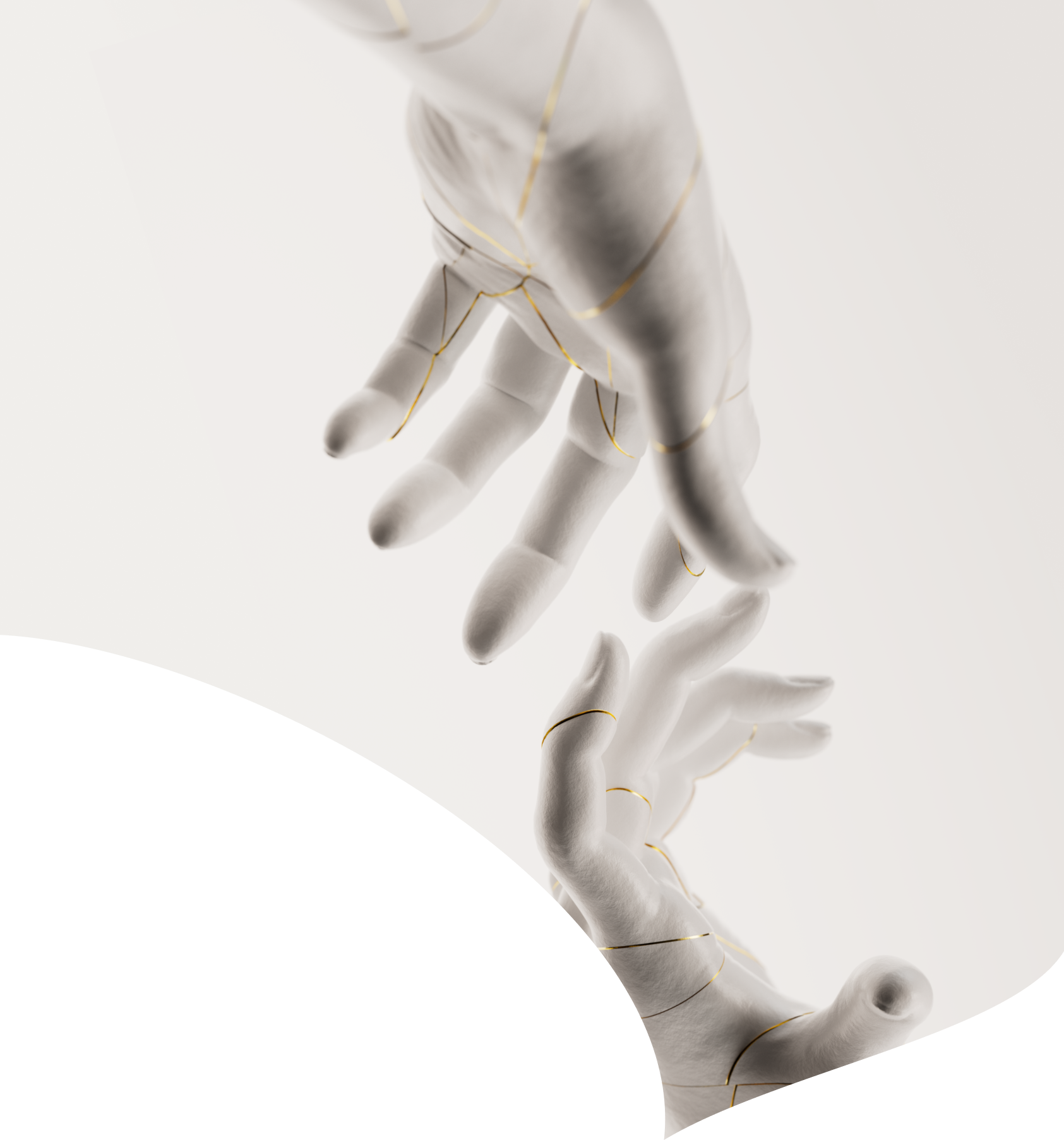
What gets measured gets managed.
But most people don’t track their health. They react to it.
Last Saturday, we explored the hidden biomarkers that reveal far more than your standard blood panel. The ones that reveal how fast you're aging, how your organs are functioning, and what your body needs right now to thrive.
From blood and hormones to microbiome and metabolism—it’s the new language of precision health.
Didn’t see it? Catch up on the full Biomarkers issue here.
Today's expert is Dr. Joseph Gambardella.
Dr. Joe is a leading specialist in anti-aging and regenerative medicine, holding dual Fellowships in Stem Cell Therapy and Functional Medicine. A graduate of the prestigious Kalish Institute, he applies a systems-based approach to uncover and treat the root causes of aging, inflammation, and metabolic dysfunction. Certified in peptide therapy, hormone replacement, and spinal decompression, Dr. Joe delivers cutting-edge, personalized care aimed at restoring health, enhancing vitality, and reversing age-related decline.
As the founder of Advanced Physical Medicine and Rehabilitation of Miami and Jupiter Disc Center, he combines regenerative therapies, functional medicine, and advanced mechanical treatments to help patients achieve long-term wellness and peak performance.
Q. What’s the most underrated biomarker you wish more people paid attention to?
Without question, it’s 8-OHdG (8-hydroxy-2'-deoxyguanosine). It’s one of the most sensitive markers for oxidative stress at the DNA level. Functionally, anything over 6 ng/mg creatinine is considered inflammatory and indicates elevated free radical damage to cellular DNA. High levels are often seen in patients experiencing cognitive issues, fatigue, and metabolic dysfunction—even when other labs appear “normal.”
It’s one of the first clues that the body is burning through antioxidant defenses and is no longer able to keep up.
This loss of redox balance puts the brain and body at risk for accelerated aging, neurodegeneration, immune suppression, and even cancer. In my practice, I’ve seen patients who look outwardly healthy but have sky-high 8-OHdG levels—they’re silently losing cellular resilience. Catching this early lets us intervene with antioxidant, mitochondrial, and detox strategies before deeper disease takes hold.
Q. If someone has high cholesterol, what’s the first biomarker you look at besides cholesterol itself?
Elevated homocysteine is one of the most overlooked yet telling markers. Functionally, anything over 6 µmol/L raises concern. Homocysteine is an amino acid that should be efficiently converted into methionine when B vitamins are being absorbed properly.
When there’s a genetic block—such as an MTHFR, MTR, or MTRR mutation—or nutrient deficiency, homocysteine builds up and becomes highly inflammatory. This directly damages blood vessels, increases blood pressure, and triggers the liver to overproduce cholesterol as a repair mechanism.
In other words, cholesterol becomes the symptom, not the cause. Yet, most people are prescribed statins without ever asking: Why is the body making excess cholesterol in the first place?
Q. If I have high cortisol, how do you determine what’s causing it?
Is it emotional stress, blood sugar, inflammation, or something else? All of the above—and then some.
Most people think stress only comes from emotional triggers like work, finances, or relationships. But only about one-third of stress is perceived. The other two-thirds comes from hidden physiological triggers like food sensitivities, parasitic infections, gluten intolerance, blood sugar imbalances, even environmental toxins and pain. These all activate the HPA axis and elevate cortisol.
The most accurate way to track this is with an Adrenal Stress Panel that includes a Cortisol Awakening Response (CAR). It shows how your brain and adrenal glands are communicating across the circadian rhythm—and that’s the key to understanding if your stress response is becoming dysregulated.
Q. What are the most important biomarkers for predicting and preventing early disease?
I focus on mitochondrial and detox markers that most conventional panels overlook.
A few key ones:
- Pyruvic acid: when elevated, it signals blocked glycolysis and early insulin resistance.
- Pyroglutamic acid, α-hydroxybutyric acid, and hippuric acid: if elevated, especially with low benzoic acid, it points toward glutathione depletion and rising oxidative stress.
These markers don’t just predict disease—they tell us how fast the body is aging at the cellular level.
Q. How early should I start tracking hormone biomarkers if I want to ease the transition into perimenopause?
The earlier, the better. I encourage testing in the late 30s to early 40s, well before symptoms become disruptive. This allows us to intervene proactively—whether through lifestyle strategies, herbal support, or, when appropriate, bioidentical hormone replacement. Hormone replacement is a powerful tool, but it’s even more effective when introduced strategically rather than reactively.
Think of it like steering early into a turn—you maintain control and ease the transition, rather than waiting for the wheels to slide. Early insight into hormone trends gives us the ability to support the body before systems crash, which improves long-term outcomes and reduces the stress of rebalancing later.
Q. I’m tired all the time. But I exercise. Drink plenty of water. Get enough sleep. I do everything right, but I still have such low energy. What might be going on?
When someone tells me that, I immediately suspect a deeper gut–immune–stress axis issue. Chronic stress elevates cortisol, which suppresses the immune system—especially in the gut mucosa. That leads to low secretory IgA (sIgA), weakening our first line of immune defense. With sIgA down, bad bacteria or parasites often take over, impairing nutrient absorption. This triggers malabsorption, inflammation, and eventually leaky gut—where toxins leak into the bloodstream and burden the liver.
Over time, this creates mitochondrial dysfunction, the root of that “I’m doing everything right but still exhausted” feeling. In these cases, we must go beyond basic nutrition and address stress, gut health, detox capacity, and energy production as one interconnected system.
Take control of your health at Eudēmonia Summit, November 13–16, 2025.
The future of medicine is here.
Disclaimer: This newsletter is provided for educational and informational purposes only and does not constitute providing medical advice or professional services. The information provided should not be used for diagnosing or treating a health problem or disease, and those seeking personal medical advice should consult with a licensed physician.

January 9, 2026

January 2, 2026

December 26, 2025

December 19, 2025

December 12, 2025

December 8, 2025

December 5, 2025
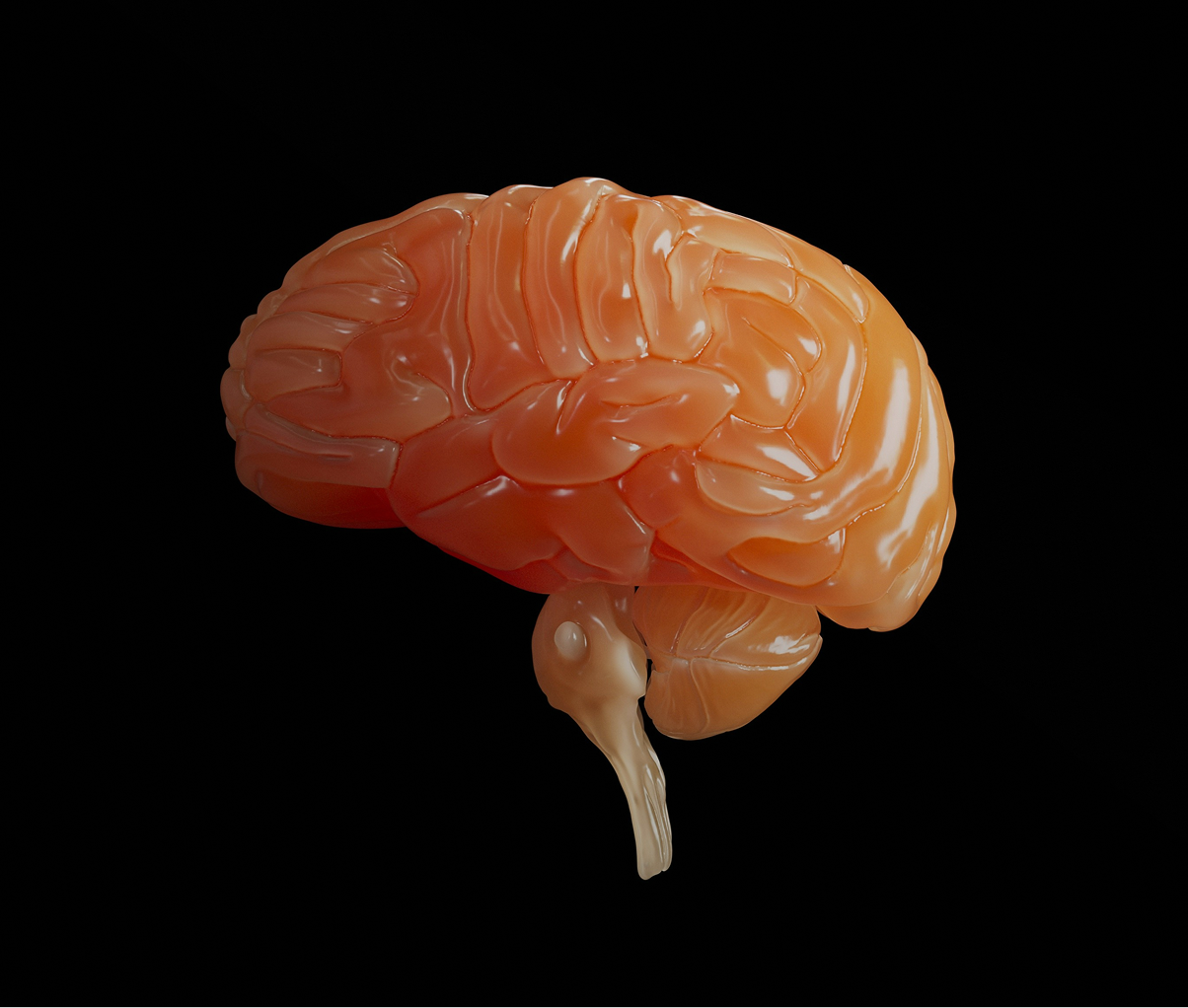
November 21, 2025

November 14, 2025


